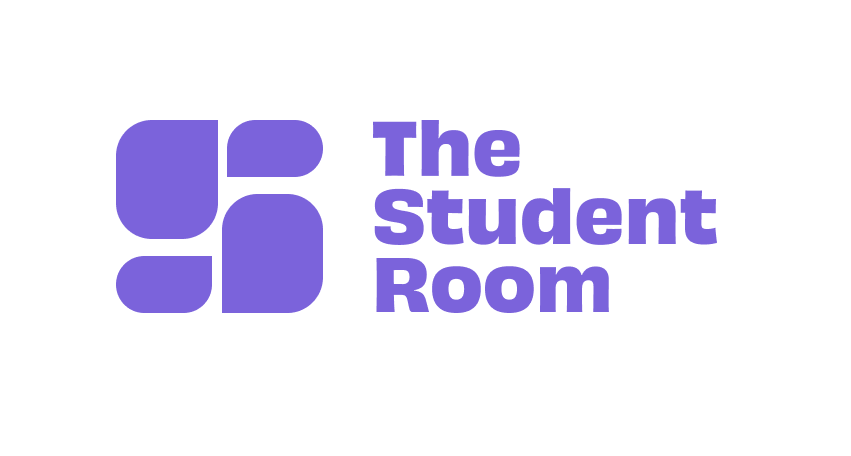With Google’s ongoing mission to make the web more mobile-friendly, they have decided to transition to mobile-first indexing.
At the moment, Google uses the desktop version of most sites to rank their relevance in search engine results. But this is changing very soon. With more searches now happening on mobile devices (60% according to Hitwise and Google), it doesn’t make sense for desktop sites to be informing mobile search results anymore, as this can make for a poor user experience.
WHAT IS MOBILE-FIRST INDEXING?
Mobile-first indexing aims to correct this. It will make the mobile version of your site the primary version for indexing and determining your search ranking.
But there’s no need to think this will be a rerun of ‘mobilegeddon’, when Google first ran a mobile-friendly update in 2015. The shift from desktop to mobile will be a subtle development, as Google intends to gradually roll out the change on an individual basis, when they deem each site is ‘ready’ for the switchover.
At TSR headquarters, we’ve been preparing for this transition by implementing SEO best practice and optimising our site for mobile; and the results are reflected in our recent SEO growth. Every year, IndexWatch measure the most successful SEO domains in the UK in terms of relative growth. For the first time in 2017, this ranking was determined by mobile visibility and The Student Room were ranked 57th overall, with a visibility increase of over 131%.
So, we wanted to share some of our learnings with you; these useful tips will help you and your digital team get ahead of the game and take the first steps towards preparing for the transition.
FIND OUT HOW MOBILE FRIENDLY YOU ARE
If you don’t have a mobile version of your site or your desktop version is not fully responsive, your rankings might be negatively affected. So, using best practices to make your site more mobile-friendly will give you a boost and futureproof your site ready for the changeover.
To start, there’s a few things you can do to see how your site performs for mobile users. Google’s Mobile Friendly Tool can give you a clear idea of how your site looks and runs for mobile users.
Other tools can also flag up differences between your desktop and mobile sites. Screaming Frog is an affordable but effective tool that can give you all the information you need to audit your desktop and mobile site.
RESPONSIVE SITE VS MOBILE DOMAIN
There are three main ways your site can be structured to make them mobile friendly. These are responsive sites, dynamic serving or a separate domain for mobile users.
Responsive means your web pages are flexible and can be rendered across different devices and screen sizes. In this case, your mobile site should already contain everything that’s on your desktop and the transition should be relatively smooth sailing. Instead, you should still be looking to how you can improve user experience on mobile, particularly in terms of things like page speed.
If you have a seperate domain for your mobile site, this might require more work to make sure your mobile version contains all the same valuable and relevant content your desktop domain does.
Sites that dynamically serve content based on user agent, should also be fine as long as your content is the same across both mobile and desktop.
SPEED
In July 2018, speed will also become a ranking factor in determining mobile rankings (currently this is only used on desktop). Google’s Page Speed tool can help you gauge how your site is performing, in terms of what will be deemed important for page speed. As well as measuring things like HTML loading time and visual response, it now includes Chrome User Experience data, which might give an indication of how it will be measured come July.
USER EXPERIENCE FIRST
Trying to game search engines like Google in terms of SEO can ultimately be counter-productive. Many of the alterations outlined above boil down to providing useful content and a good, consistent user experience that Google will naturally reward.
Just remember a user satisfied with a search result means Google is satisfied too.

